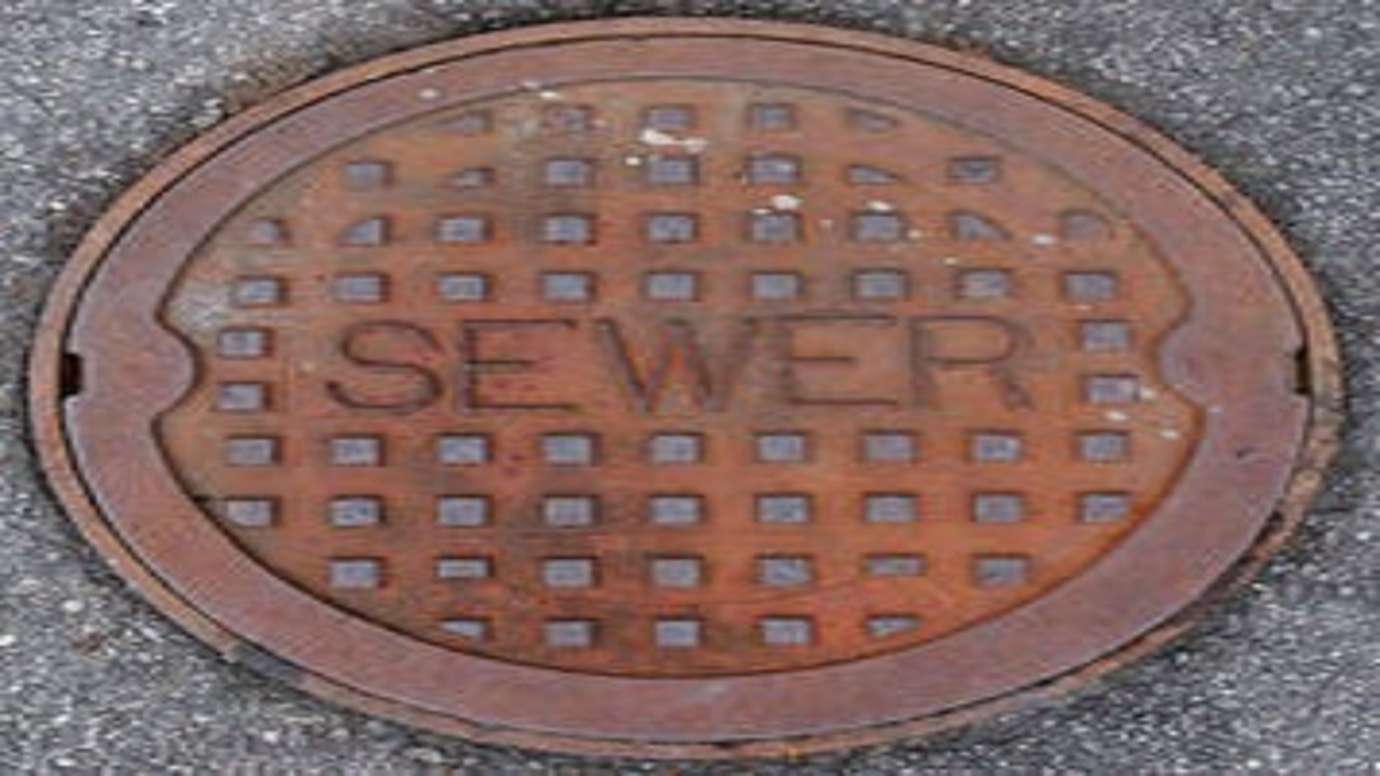
Raleigh Water is dedicated to providing critical wastewater services that protect both the environment and public health. The original sanitary sewer system was constructed in downtown Raleigh during the 1890s, which discharged directly into Walnut Creek and Crabtree Creek without any treatment process. Today, the sanitary sewer system is comprised of approximately 2,500 miles of sanitary sewer mains and over 100 pump stations which convey wastewater to three resource recovery facilities. The system collects wastewater from approximately 200,000 sewer accounts in the City of Raleigh and the surrounding communities of Garner, Wake Forest, Rolesville, Knightdale, Wendell, and Zebulon. The population of this service area is near 600,000 people.
The maintenance of the sanitary sewer system is required to ensure that it operates properly and wastewater is not discharged to the environment. The maintenance of all of this system is conducted by the Sewer Maintenance Division of Raleigh Water. Sanitary sewer mains are primarily located underground and are connected by a series of manholes that are either at or slightly above ground level. In order to maintain the system, Raleigh Water staff must be able to have access to the manholes at all times. These manholes will either be located in public right-of-way or in easements on private property. Of the 2,500 miles of sanitary sewer, approximately 930 miles are located on private property in easements. Inadequate operation and maintenance of the sanitary sewer system can cause failures in the system, which result in sanitary sewer overflows (SSOs).

Easements are dedicated portions of private property dedicated for public use. Sanitary sewer easements overlay the location of a sewer main on a property and provide the City right of access to the property for inspection and maintenance purposes, which is a requirement of the Sewer Collection System Operating Permit. They are developed at the time the utility is constructed or when a piece of property is subdivided for use. Sewer easements are often shown on property surveys and descriptions of land such as a deed.
The City is required by state and federal laws to prevent sanitary sewer overflows and regularly inspect and clear the sewer mains owned by the City. Sewer Maintenance staff work to maintain and clean a portion of the 2,500 miles of sewer line each year, about 930 miles of which run through sanitary sewer easements on private property.
A SSO is the discharge of raw wastewater from the sewer system out onto the ground or into a waterway. This is a release of waste onto private or public property and adjacent creek or stream. These spills have various causes, the principal ones being the buildup of fats, oils, grease and blockages from inappropriate materials such as flushed wipes and paper towels. Raleigh Water's preemptive maintenance program greatly reduces the number of SSOs that occur, but not all SSOs can be prevented during heavy rainfall events or if inappropriate materials cause a blockage. Raleigh Water usually experiences approximately 35 such occurrences each year and continues to work to further reduce this number.